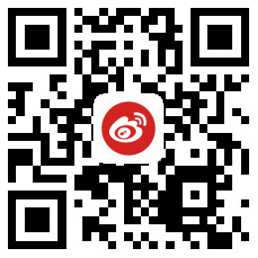Service Hotline
Scientific basis for determining the calibration cycle of instruments and methods for adjusting it based on usage
In various environments such as laboratories, industrial production, scientific research institutions, and others, the frequency of use and environmental conditions of instruments and equipment have a direct impact on their performance and accuracy. Therefore, regular calibration of instruments to ensure their stable performance is an important measure to ensure the accuracy of experimental data and production results. This article will discuss the scientific basis for determining the calibration cycle of instruments and the methods for adjusting the calibration cycle based on usage.
I. Scientific basis for determining the instrument calibration cycle
Type and purpose of the instrument
Instruments of different types have different calibration cycles. For example, precision measurement instruments such as atomic absorption spectrometers, gas chromatographs, etc., due to their high precision and sensitivity, usually require more frequent calibration to ensure their long-term accuracy and stability. Some non-precision instruments, such as balances, thermometers, etc., due to their low usage frequency, can extend the calibration cycle appropriately.
Usage environment
During the use of the instrument, its working environment has a great impact on its performance. For example, humidity, temperature, and vibration can all affect the measurement results of the instrument. Therefore, if the instrument usage environment is relatively harsh, the calibration cycle should be shortened. Conversely, if the environmental conditions are relatively stable, the calibration cycle can be appropriately extended.
Usage frequency of the instrument
Instruments with high usage frequency, due to the fact that they may be affected by more external factors during use, their calibration cycle should be relatively shortened. Conversely, for instruments with low usage frequency, the calibration cycle can be appropriately extended.
Expected lifespan of the instrument
The expected lifespan of the instrument is one of the important bases for determining its calibration cycle. Generally speaking, the calibration cycle of the instrument should match its expected lifespan. If the expected lifespan of the instrument is long, its calibration cycle can also be extended accordingly.
II. Methods for adjusting the instrument calibration cycle based on usage
Laboratory environmental monitoring
Laboratory environmental monitoring can provide a basis for adjusting the calibration cycle of instruments. For example, if the humidity, temperature, vibration, and other conditions in the laboratory have changed, the calibration cycle of the instrument should be adjusted immediately.
Monitoring of usage frequency
By recording the usage frequency of the instrument, one can understand the usage situation of the instrument. If it is found that the usage frequency of the instrument significantly increases, the calibration cycle should be appropriately shortened. Conversely, if the usage frequency is low, the calibration cycle can be appropriately extended.
Monitoring of instrument performance
Regular performance testing of instruments can help to detect changes in instrument performance in a timely manner. If it is found that the performance of the instrument has become abnormal, the calibration cycle should be adjusted immediately.
Instrument usage records
Recording the usage records of instruments can understand the usage situation of the instruments over different time periods. If it is found that the usage frequency of the instrument significantly increases during a certain period, the calibration cycle should be appropriately shortened. Conversely, if the usage frequency is low, the calibration cycle can be appropriately extended.
In summary, scientifically determining the calibration cycle of instruments and adjusting it based on usage is an important measure to ensure the stability of instrument performance, accuracy of experimental data, and production results. In actual operation, it is necessary to scientifically and reasonably determine and adjust the calibration cycle of the instrument by combining various factors such as the type and purpose of the instrument, usage environment, frequency of use, expected lifespan, as well as laboratory environmental monitoring, usage frequency monitoring, instrument performance monitoring, and usage records.
Copyright © 2019-2025 Instrumentation Manufacturer
Addresses: Phone number: E-Mail:

Our Businesses
